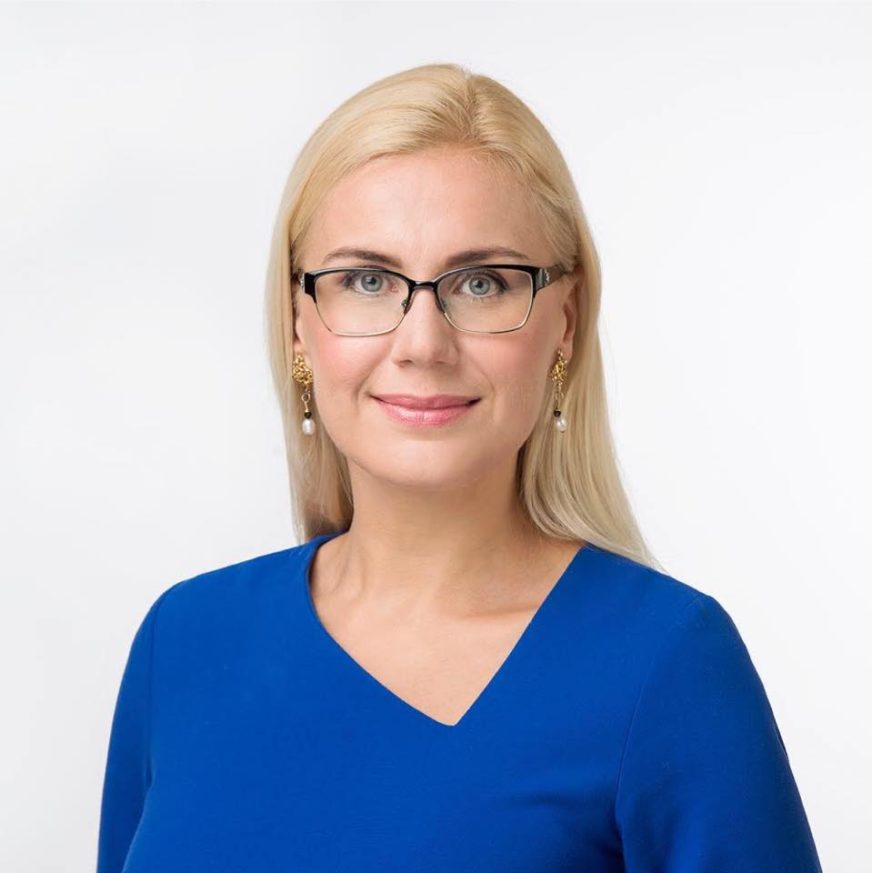The Schuman Declaration, the birth certificate of the European Union, begins with lines that still echo loudly and necessary 73 years later: “It is not possible to protect world peace without creative efforts commensurate with the threats.” When the world changed forever due to Russia’s invasion of Ukraine on February 24 of last year, all of Europe had to make efforts and find solutions to deal with the threat that was threatening us.
The decades-long situation in which several member states were overly dependent on Russian fossil fuels made us face two questions: how to help Ukraine win the war and at the same time ensure the Union’s energy security. It was clear that a difficult winter lay ahead.
So, next to helping Ukraine in every way, our first task was to reduce Europe’s dependence on Russian fossil fuels. Looking back on the year, we can safely say that we did well.
Europe’s largest gas supplier is no longer Russia. This is Norway. Last year, 61 billion cubic meters of natural gas were imported from Russia to Europe via pipelines. In 2021, the same figure was 155 billion cubic meters, which meant that the share of Russian gas in the European Union market was over 40 percent. From September 2022, Russian natural gas will account for less than 10 percent of imported pipeline gas. At the same time, Europe has increased its LNG reception capacity. It is important to note that the existing terminals were operating at full capacity across Europe last year. In total, we received 135 billion cubic meters of LNG from the world market in 2022. In 2021, this volume was 80 billion cubic meters.
European citizens have played a major role in ensuring energy security. Saving gas consumption by 15 percent, which was implemented last year as an emergency measure, seemed like a difficult task, but this goal was met with a margin. Between August 2022 and March 2023, the gas consumption of the 27 member states of the European Union fell by 17.7 percent on average. This means that 52 billion cubic meters less gas was consumed in Europe than before. Here, together with Finland and the Baltic neighbors, Estonians have been at the forefront of Europe, reducing gas consumption by 36 percent during the period in question.
Last year was also a record year for the development of renewable energy: as much as 41 GW of new solar panel production capacity was installed in the EU during the year, and wind energy capacity increased by 15 GW. As much as 39 percent of the electricity produced already comes from renewable energy.
Such major changes have not occurred simply because of political directives or orders. Taking initiative at the grassroots level has been a driving force. It has been European citizens who have installed millions of solar panels on their roofs and geothermal heating in their homes and reduced energy consumption. Companies have switched from one energy source to another and put more emphasis on energy efficiency than before. Yes, prices are still high, but we are back to pre-war levels. The more widespread use of renewable energy will help lower the price even further.
A review of the past year would be incomplete without mentioning Ukraine. Just three weeks after the start of the war, we were able to synchronize Ukraine’s electricity grid with Europe’s, thus bringing Ukraine one step closer to the European Union and showing that they are not alone.
We imposed strong sanctions on Russia, including on its oil and coal. We delivered more than 1,600 generators and 1,400 transformers to Ukraine, which helped keep the lights on even as Russian forces targeted their energy infrastructure. In addition, I created a special fund together with the Energy Community, which has now received a total of nearly 200 million euros in subsidies, which can be used to purchase specific equipment.
When we met with President Volodymyr Zelenskyi in Kyiv in November, we discussed how to replace temporarily out of order Ukrainian nuclear plants and ensure that there are no lasting power outages in winter. It also succeeded.
What happens next? Europe will certainly continue to support Ukraine. We already have a project to get solar panels for Ukraine and we also want to expand the sanctions to reduce the revenue flowing into the Russian purse.
As we can see, alienation from Russian gas has not plunged Europe into darkness. Last year’s decision to fill up European gas storages by the start of the heating season in a mandatory manner justified itself. The reserves gave us confidence that we would be able to cope even in the event of a complete interruption of Russian supplies.
But we need to think beyond gas. It is not possible to fully replace the gas previously imported from Russia with supplies from other producers. And it wouldn’t make sense either. That is why we have set very ambitious renewable energy targets for 2030: 592 GW of solar and 510 GW of wind capacity.
Over the past year, we have taken great strides towards energy security and independence. The EU has shown the flexibility to respond creatively to the looming threat, respecting what was said in the Schuman Declaration. Ensuring Europe’s energy security depends on all of us, and everyone can contribute. With the right steps, we support Ukraine, but we also get a cleaner and safer living environment.


